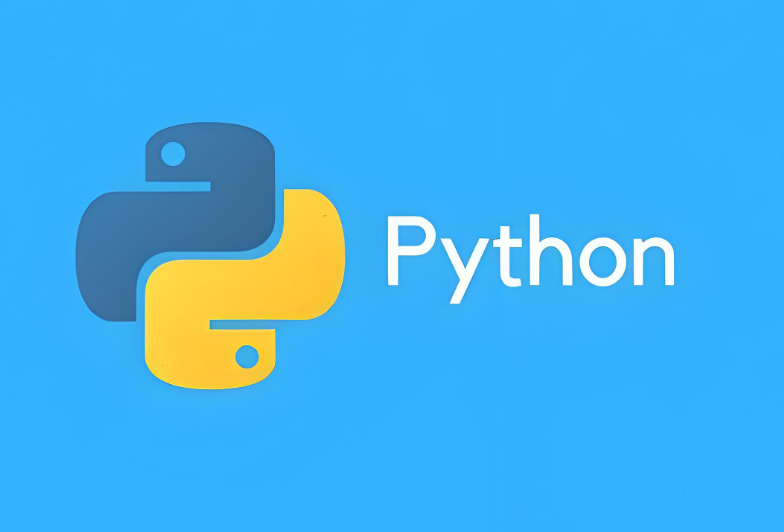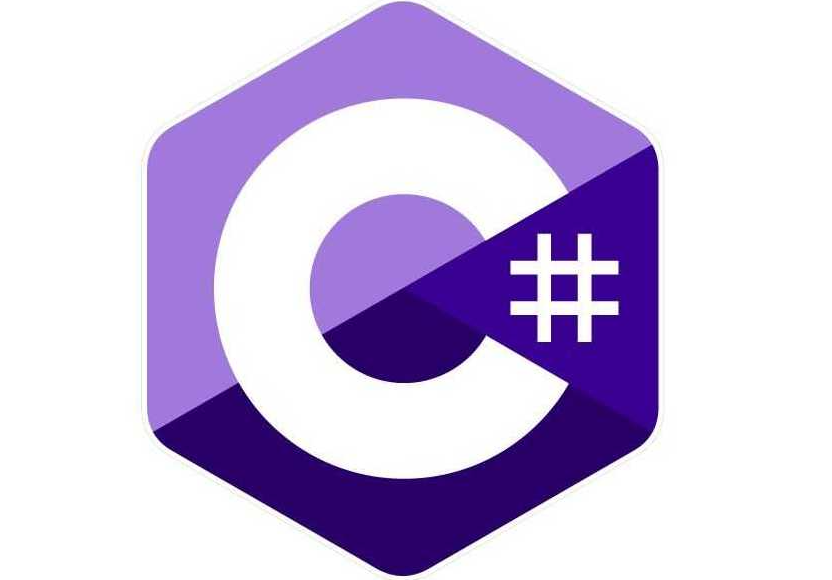在Python中,for循环本身是单线程的,这意味着它按顺序执行每一项任务。然而,对于某些I/O密集型任务(如文件读写、网络请求等),利用多线程可以显著提升性能,因为这类任务在等待I/O操作时会阻塞线程,而多线程可以允许其他线程在这段时间内运行。
![图片[1]_Python多线程优化for循环:技巧与策略分享_知途无界](https://zhituwujie.com/wp-content/uploads/2025/02/d2b5ca33bd20250226093349.png)
以下是一些利用多线程优化for循环的技巧分享:
1. 使用threading模块
Python的threading模块提供了创建和管理线程的基本功能。你可以使用Thread类来创建线程,并通过start()方法启动它们。
import threading
def task(item):
# 执行某些操作的函数
print(f"Processing {item}")
items = range(10)
threads = []
for item in items:
thread = threading.Thread(target=task, args=(item,))
threads.append(thread)
thread.start()
for thread in threads:
thread.join() # 等待所有线程完成2. 使用concurrent.futures模块
concurrent.futures模块提供了一个高级接口来异步执行函数,使用ThreadPoolExecutor可以方便地管理线程池。
from concurrent.futures import ThreadPoolExecutor
def task(item):
# 执行某些操作的函数
print(f"Processing {item}")
items = range(10)
with ThreadPoolExecutor(max_workers=4) as executor: # 指定线程池大小
for item in items:
executor.submit(task, item)3. 注意线程安全
多线程编程中,需要特别注意线程安全问题。如果多个线程需要访问共享资源(如列表、字典等),应该使用锁(threading.Lock)或其他同步机制来避免竞态条件。
import threading
lock = threading.Lock()
shared_resource = []
def task(item):
with lock:
shared_resource.append(item * item)
# 使用上述的threading或concurrent.futures方式来启动线程4. 线程数量的选择
线程数量并不是越多越好。过多的线程会导致上下文切换开销增加,反而降低性能。通常,线程数量应该设置为CPU核心数的两倍左右(对于I/O密集型任务),或者与CPU核心数相等(对于CPU密集型任务)。然而,这只是一个经验法则,实际最优线程数需要通过性能测试来确定。
5. 考虑使用asyncio和异步I/O
对于网络I/O等任务,Python的asyncio库提供了异步编程的支持,它可以在单个线程内高效地处理大量I/O操作。虽然asyncio不是多线程,但它通过协程和事件循环机制实现了类似多线程的并发效果。
import asyncio
async def task(item):
print(f"Processing {item}")
await asyncio.sleep(1) # 模拟I/O操作
async def main():
items = range(10)
tasks = [task(item) for item in items]
await asyncio.gather(*tasks)
asyncio.run(main())6. 避免全局解释器锁(GIL)的影响
Python的全局解释器锁(GIL)限制了同一时间只能有一个线程执行Python字节码。这意味着对于CPU密集型任务,多线程可能不会带来性能提升。在这种情况下,可以考虑使用multiprocessing模块来创建进程而不是线程,因为每个进程都有自己的Python解释器和内存空间,不受GIL的限制。
综上所述,多线程在优化for循环方面有其独特的优势,但也需要注意线程安全、线程数量选择以及GIL的影响。在某些情况下,异步编程可能是更好的选择。

























暂无评论内容